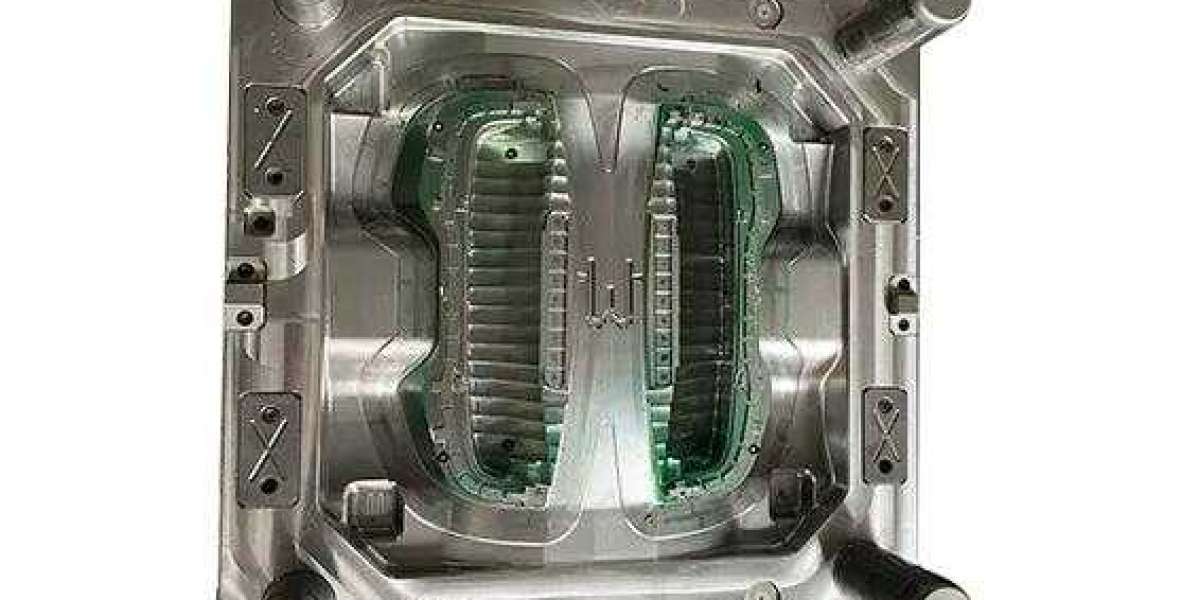Operating a truck part mold requires careful attention to ensure safe and efficient production. Truck part mold manufacturers suggest that you can do the following to ensure daily norms:
Mold setup: Before starting production, ensure that the mold is properly installed and secured in the injection molding machine. Follow the manufacturer's instructions for mold installation and make sure all connections, such as cooling lines and hydraulic systems, are properly configured.
Mold maintenance: Regular maintenance of the mold is crucial to ensure its longevity and optimal performance. This includes cleaning, lubricating moving parts, and inspecting for any signs of wear or damage. Follow the maintenance schedule recommended by the mold manufacturer.
Mold temperature: Monitor and control the mold temperature during production. Different truck part molds may require specific temperature settings to ensure proper material flow and part quality. Use the recommended temperature settings provided by the material supplier and adjust as necessary based on trial runs and quality checks.
Injection parameters: Set the appropriate injection parameters on the molding machine, including injection speed, pressure, and time. These parameters may vary depending on the specific truck part being produced and the material being used. Optimize these settings through trial runs and process validation to achieve consistent part quality.
Ejection and part removal: Ensure that the ejection system of the mold is properly adjusted and functioning correctly. This includes setting the ejection pins or mechanisms to safely and effectively remove the molded parts from the mold. Care must be taken to avoid damaging the parts or the mold during the ejection process.
Quality control: Implement a robust quality control process to monitor the produced truck parts. Regularly inspect the parts for any defects or issues, such as flash, sink marks, warpage, or dimensional inaccuracies. Use appropriate measuring tools and technology niques to verify part dimensions and adherence to specifications.
Mold protection: Implement measures to protect the mold from potential damage during production. This includes avoiding overloading the machine, preventing collisions between the mold and other machine components, and ensuring proper cooling and lubrication of the mold.
Record-keeping: Maintain detailed records of production parameters, quality checks, and any issues or abnormalities encountered during the molding process. These records can be useful for troubleshooting, process optimization, and traceability purposes.








